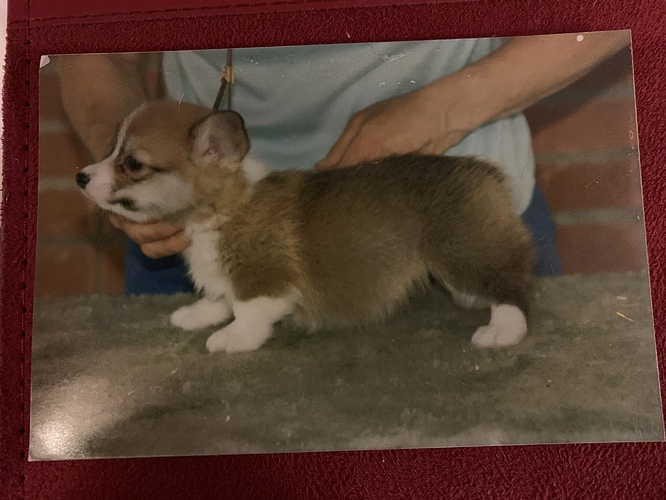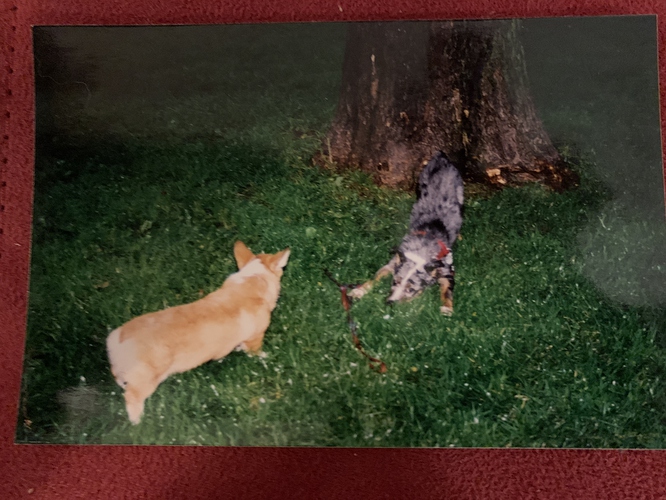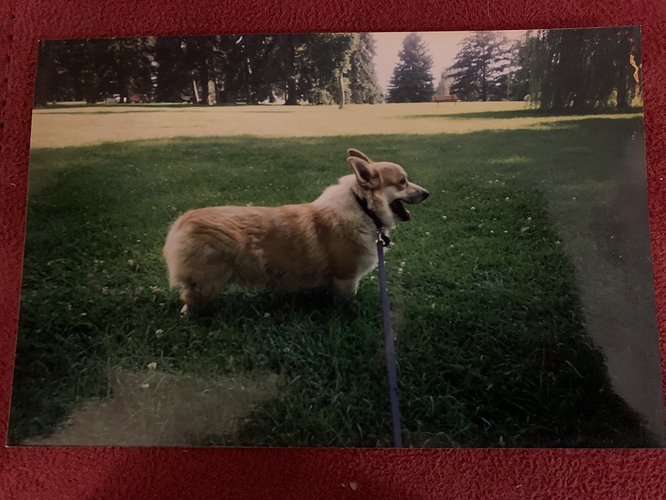A reminder: in the correct hands, there is nothing wrong with an e-collar.
The problem is the vast majority of people are not “the correct hands”. Their timing sucks, and the dog doesn’t do the behaviors reliably ANYwhere, let alone off leash in an unfenced area. If you can’t get the dog to behave 100% reliably in a controlled setting, what the heck are you doing considering installing a hot button??
It’s like giving a beginner rider those spurs. Or the draw reins.
The problem with dog people is that they want it NOW. Horse people understand that training takes years and years and years. Dog people want to have robotic obedience, ASAP. That’s not reality, and that’s not fair to the animal.
Let’s put shock collar on the horses, instead of spurs and whips! Oh wait, no one would EVER do that because you’d get bucked off stat (well, except Kocher, but who knows what that abuser was doing behind closed doors). It becomes acceptable for the dog handlers to use the e-collar because there’s no immediate consequence. Easy to be a big man with a finger on the shock button of a dog 100 yards away, eh?
Let’s do that - call them what they are, not some PR name. They aren’t e-collars, they’re SHOCK collars (that have a vibration or tone setting, sometimes).





